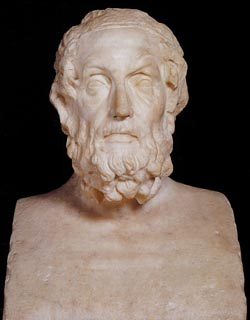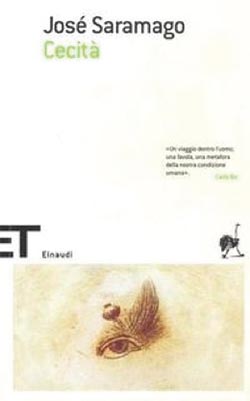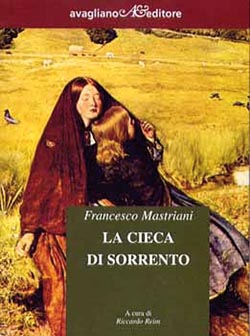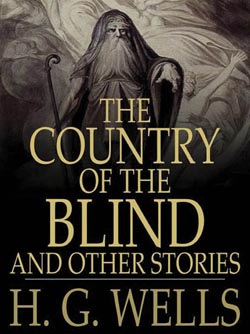Moments of intimacy and discoveries, immersion in our secret worlds, reading is a magic gate leading us through various periods of history and unknown countries giving us the chance to meet characters that often become our dearest companions at least while lasts the story we are listening to. Among the different archetypes that literature has brought to us, cavaliers like Lancelot, lost women like Anna Karenine or depressed housewives like Emma Bovary, depraved men like Raskolnikov or avaricious ones like Scrooge, there is as well a blind character. Sometimes used as a metaphor of opposing situations, from oppression to foresight, the character who does not see has stimulated the imagination of so many authors, and has been at the centre of great literature novels. The first would be the one, after the Bible, that represents the story of all stories: the Odyssey. "The herald returned, leading their skilful bard, whom the Muse loved more than other men, though she gave him both good and evil: she robbed him of his sight, but gifted him the power of sweet song." (Odyssey, Book VIII:63-65). It is Homer who introduced to Demodocus, singer in the court of Alcinous, King of the Phaeacians, able with the power of expression of his works to move Ulysses still incognito in front of the court. In Book X and in Book XI of the Odyssey instead appears the mythological figure of the blind prophet Teiresias whom Ulysses will meet in the realm of the dead to learn about his destiny. Two figures with particulars gifts, the oratory art and the divinatory art which will have a fundamental role in the following adventures of Ulysses. From the times of Ancient Greece to modern times, with a travel through time that fantasy and writing allow us, here is Nobel Prize winner Josè Saramago and his novel Blindness (in its original title Ensaio sobre a cegueira, Saggio sulla cecità). Published in 1995, it is a metaphor of how modern society, losing its sense of closeness among people, has become oblivious of its real needs, those more profound, and so people faced with a mysterious epidemic can no longer see what is around and inside them. The only positive character who maintained her sight was the doctor's wife who saved humanity and said: "I think we did not become blind, I think we always were. Blind who see. Blind who, even seeing, don't see."
The novel has a multiplicity of characters but no hero (all characters have no name, but are defined by their typology), Blindness however has at its centre the fact of not being able to see, a characteristic that becomes the true protagonist of the book. In H.C. Wells 1904 The Country of the Blind, we are brought to a village in the Andes inhabited by disquieting blind people. The wayfarer who speaks to them about how the world is with sight is considered crazy, is made prisoner and the village doctor suggests that his eyes be removed, claiming that they are diseased and are affecting his brain. He is obligated to flee to save his life. Here also is a disquieting world, where blind people are a sinister presence, endowed sometimes with superior powers, necessary protagonists for the author who wants to demonstrate how the line between normality and abnormality depends on the point of view. Where everyone is blind, the person with a disability is the one who sees. Maybe this is also what is thinking the devilish father Jorge da Burgos in The Name of the Rose, blind like Jorge Borges that the author Umberto Eco seems to suggest with the name of his character. Devisor of the brutal crimes in the monastery, the monk wants to save humanity from the subversive consequences of comedy, to then leave it in the darkness of ignorance. The same darkness that envelop poor Beatrice, the protagonist of The Blind Girl of Sorrento, a dramatic novel written in 1852 by Francesco Mastriani. Beatrice became blind after witnessing the homicide of her mother and miraculously recovered her sight because of love. Romantic, tormenting and tearful, the novel today forgotten had a resounding success, there were at least three movies made about it. And so blind characters follow one another in the imagination of artists, like in Almost Blue published in 1997 by master of Italian noir Carlo Lucarelli who placed Simone, a young blind men at the centre of this intense thriller. Between detectives and sorrowful young girls, diviners and sick persons, blind people inhabit the pages of literature and not only in the disguise of imaginary characters, but also as authors and narrators of stories. "Whom think ye, girls, is the sweetest singer that comes here, and in whom do you most delight?" "He is a blind man, and dwells in rocky Chios: his lays are evermore supreme." (Homeric Hymn to Apollo) But that is another story.



